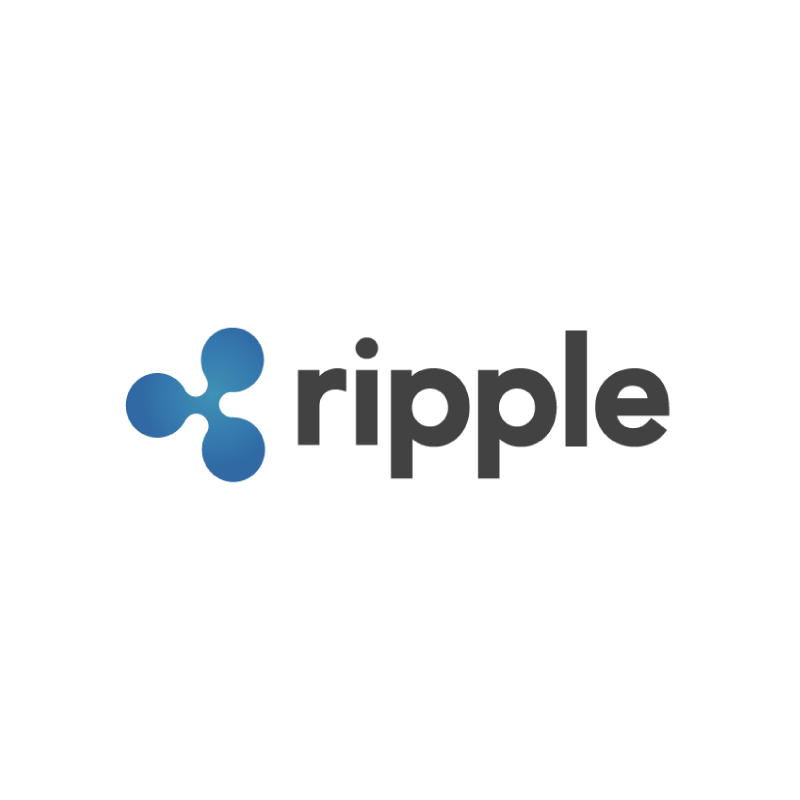Ripple was launched in 2012 as a medium of currency exchange and a remittance network. It is a real-time gross settlement scheme which is built upon a distributed open source internet protocol, consensus ledger and native currency. Ripple is both the name of the payment network and the protocol that powers it. Its currency is however known as XRP (ripples). It was built on the same principles as Bitcoin. Ripple is increasingly becoming popular and many banks are adopting the technology as the basis of their own settlement infrastructure. This has had an effect on the XRP currency by enabling it to become one of the top 5 cryptocurrencies based on market capitalization in recent years.
The Ripple protocol allows banks and other non-banking institutions to incorporate the system into their own systems to allow access to their customers. Ripple requires two parties to complete a transaction. These are regulated financial institutions and markets makers, to hold funds and issue balances, and provide liquidity in the currency, respectively. Ripple is based on a shared public database that has its content decided on by the consensus. The ledger is designed to hold information regarding offers to buy or sell currencies as well as balance all transactions.
Users make payments among themselves using cryptographically signed transaction denominated in either XRP or fiat currencies. For payments made using other assets, the ledger will only record the amounts owed with the asset represented as a debt obligation while XRP denominated transactions can make use of the internal ledger. Now that Ripple is integrated with various user verification protocols and banking services, Ripple users are required to specify which other user they trust and to which amount. Therefore, when non-XRP transaction is done between two users who trust each other, the amount is subject to limits sets by the parties involved, and the balance of mutual credit is relatively adjusted.
The Ripple protocol is designed such that when two users who have not established mutual trust attempt to make a transaction, Ripple will find a path between the two users such that the links of the path is between two users that have a mutual trust relationship. All the balances through the path are then adjusted accordingly and automatically. This mechanism is referred to as rippling.
The strength and weakness behind Ripple can be associated to the fact that its consensus systems is still a newcomer. Its process can validate a transaction under grounds where irreversibility is assured much more quickly. Once a validator process a transaction it subsequently signs the resulting final ledger which are provided within seconds. Ripple is run under a single entity which means that the cryptocurrency is not decentralized.
What is Ripple blockchain? Pros and cons:
|
|
|


